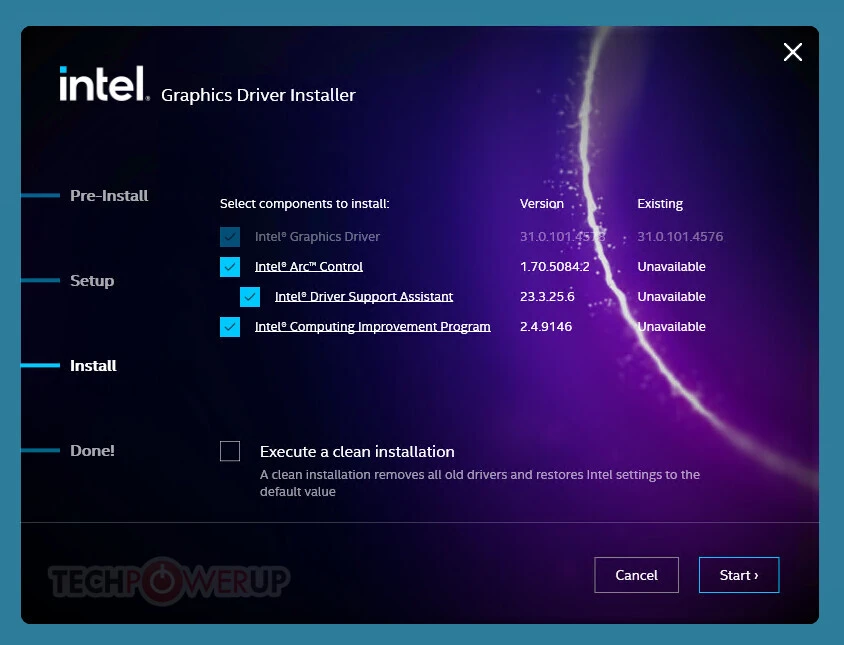Man this job posting is worse then all the garbage that companies put out. There will be very few people who tolerate KYC for non-paying volunteer internet janny job - and those who do should probably never be mods. Good luck tho, you’ll need it.
- 4 Posts
- 102 Comments

 1·7 days ago
1·7 days agoLPCAMM may have better specs, but DIMM requires a smaller area on the PCB and can make better use of the vertical space.

 2·17 days ago
2·17 days agoI’m not suggesting to pay one euro each month, I’m suggesting that you treat your lemmy instance as a 12 euro per year subscription. Compared to literally every other service it is basically free.

 3·18 days ago
3·18 days agoIt’s not even expensive. A single euro monthly per user is more then enough to keep instances running

 17·26 days ago
17·26 days agoOh man all the party poopers in the comments. These memes are funny instead of the usual preachy content - doesn’t matter if its slightly inaccurate

 1·1 month ago
1·1 month agoA slight heating is perfectly normal and nothing to worry about. A microwave is fine tuned to heat food, or more precisely the water within. Other materials such as the glass on the back of the phone also absorb some energy, but only a tiny fraction.

 2·1 month ago
2·1 month agoPeople joke about this all the time, and I here the sarcasm in your comment, but technology has come far since the iphone 6 or 7.
Most high end phones have wireless charging build it. Between the receiver coil and the rest of the phone is a thin sheet of ferrite material to prevent the electromagnetic field from getting to the sensitive electronics. Battery technology has also improved a lot, so much that even relatively cheap phones like the Realme GT Neo 5 charge at 150W!
From the technical perspective the limit is the cable and connector, because there would be too much losses that heat up the cable to dangerous levels and rapidly degrade the contact area in the connectors. Manufacturers don’t want to deal with this security risk, not the increased RMA rates within the mandated guarantee period, so they artificially limit the charging rate.
Thing is: You absolutely can charge at higher speeds if you bypass the cable altogether! A microwave outputs usually somewhere between 150W-1000W, so stick to the lower end to be on the safe side. The screen of the phone must face down, because the charging coil is placed on the back. You also must prevent overcharging by setting the timer correctly: If your phone battery has 15Wh capacity, and you are charging with 150W, you must at most charge for 1/10 of an hour, or 6 minutes (less if you are just topping up your phone).
One final note: fast charging does put increased wear on the battery, so I only recommend to use it when you need it, for example when you need to make a flight and are already running late.

 1·1 month ago
1·1 month agoI am aware of the basic arguments behind inflation/deflation, and neither is good in excess.
Typically central banks targets inflation of 2% these days, but we all know the real inflation for necessities is far higher (>4%). Inflation disproportionately affects the poorer - rich people have the fast majority of their wealth “stored” in stocks or real estate, which rise in valuation as people rush into these markets to protect the little they have. I’d argue that inflation rates are artificially pushed far higher then is sustainable, simply because those who decide are the same people who benefit the most.
I consider a low but predictable inflation rate about 1% ideal (0-2% is acceptable short term variation) for the following reasons:
- No one has to worry about debasing/devaluing your currency by injecting more supply.
- Nobody “passively” gains wealth by sitting on it.
- If you want to keep your wealth, you have to take some risk and use it.
- Inflation rate is not so high, that you need super high risk investments to keep up, making it more accessible to small players.
- Large player can not as easily game the market by skimming of value from the lower to upper middle class.
Yes, this idea is not without risks. But the way I see it the forced “we have to improve value by 2% every year” exponential grow can only go on so long before we (humanity) hit the finite limits of this planet.

 1·1 month ago
1·1 month agoAt least with the government you can vote the bastards out.
In theory. In reality all parties serve the same lobbyists.

 2·1 month ago
2·1 month agoContinuous exponential growth is actually something our financial system was DESIGNED FOR. It it makes no sense our inflationary money makes no sense.
This is the most hilarious part. One system literally has exponential growth, while the other is literally created to combat this.

 11·1 month ago
11·1 month ago>hide money
>bitcoin
If you really need to hide money from your government, pls consider a pocket change amount of xmr in case shtf. Take care brother, don’t let the feds get you.

 1·1 month ago
1·1 month agoAnd a deflationary nature is known to cause bubbles.
I mean centuries of inflationary monetary policy also caused bubbles, sooo…

 1·1 month ago
1·1 month agobased monerochan pfp enjoyer

 9·1 month ago
9·1 month agoI mean they do have good infrastructure anyway, so it wouldn’t even cost them anything

 1032·1 month ago
1032·1 month agoThat’s because it is cruel.
Large numbers always seem terrifying, because our human minds are not made for them. The only way to comprehend them is to compare them to other things - in this case all the ways we humans cause damage to the environment directly. Our suburbs are ecological dead zones already. There is just not much space left between asphalt roads, driveways, and neatly trimmed lawn. It’s definitely the cat that goes outside for one hour a day who is the problem. Right next to plastic straws.
The real frustrating thing about all this that the companies that exploit our planet to core keep doing their shit (Noooo you cant work from home for your office job, you MUST commute to the city daily, because reasons!) while we fight with our neighbors about things that don’t really matter in the grand scheme of things.

 8·2 months ago
8·2 months agoGod I wish more artists would support direct donations. Yoink the file from wherever and in exchange sneak 10 bucks into the artists pockets.

 1·2 months ago
1·2 months agoWhich breakthrough do you mean? Can you rephrase your question?

 5·2 months ago
5·2 months agoThe signal does not care about how it gets from the sender to the receiver. The only thing that matters is that at the receivers end 0s and 1s can be separated. One common measurement is the eye pattern. If the eye is “open” enough (=matches the spec), communication is possible.
Impedance mismatch causes reflections (visible as oscillation after rising/falling edge), differential pair line mismatch degrades the slop of the signal transition (rising/falling edge). Geometric features only matter if they are large compared to the signal wavelength. As a rule of thumb features smaller then 1/20th of a wavelength can be safely ignored, often times a ratio as large as 1/5 works just fine. USB3 uses 2.5Ghz (5Gbit/s) or 5Ghz (10Gbit/s), where 1/20th result in 3.4mm and 1.7mm respectively (assuming an effective dialectic of 3.17). This is still grossly simplified, because in many real systems you don’t control the entire transmission line (eg. user buys a random cable and expects it to work), so it makes sense that the USB consortium specifies eye patterns and factors in various system uncertainties.
RAM on the other hand uses 16/32/64/128 single ended data lines, with a dedicated clock line. Data does not have to arrive perfectly at the same time, but the margin may be as little as 1/10th of a clock cycle. Here accurate length matching is absolutely required. Its also the reason why the same CPU + RAM combination may archive higher stable clock rates on some mainboards then on others.




Only if you need 2-4 sticks, otherwise they take up too much PCB space. Look at servers and how a good chunk of their volume is filled with dozens of sticks. You cant simply lay them down flat.